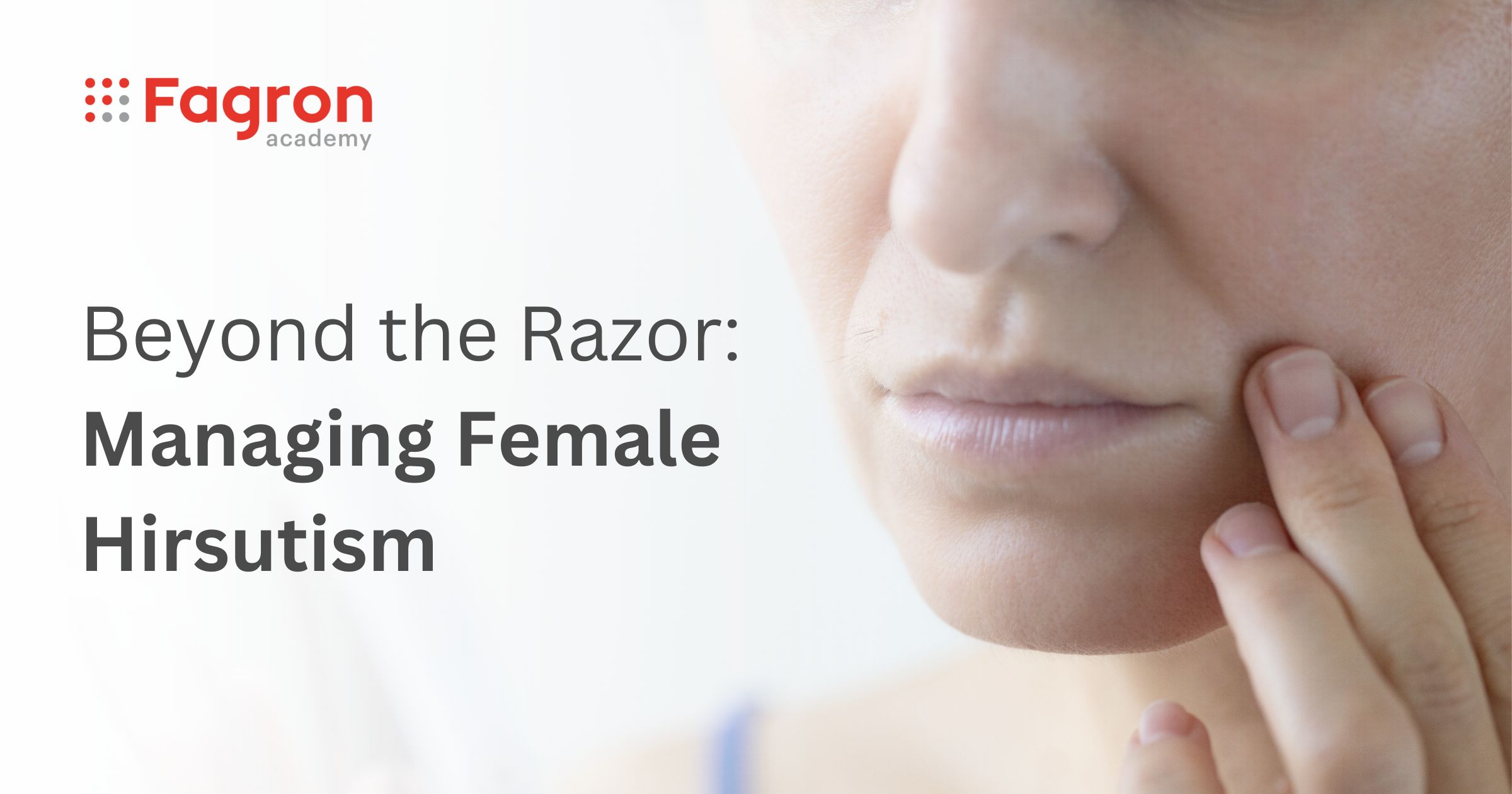
As the average age of the world population increases, there has been growing demand for anti-aging products. Recent estimates put the size of the global anti-aging marketplace at about 50 billion Dollars (USD).1 Compounding pharmacies often get requests from doctors for products that comprise anti-wrinkle or skin tightening creams. The pathophysiology of aging is multi-modal, and though of course aging is inevitable, it can be accelerated by a variety of factors. Such factors include, but are not limited to: hormonal changes, metabolic processes, and external factors such as UV light, smoking, and air pollution. The reversal of photoaging is often targeted as the main culprit in early wrinkles and skin degeneration.2 A variety of Active Pharmaceutical Ingredients (APIs) are often used for aging skin, including niacinamide, tretinoin, retinol, and ascorbic acid (among others). Described in more detail below, sirolimus is one emerging API with a unique mechanism of action for the management of aging skin.
Sirolimus is commercially available in oral, intravenous, and (as of April 2022) a topical gel form. The topical form is indicated for facial angiofibroma. Sirolimus is typically indicated for suppression of the immune system and utilized to help manage patients who have undergone organ transplant.3 Though it shares a name to calcineurin inhibitors such as tacrolimus or pimecrolimus, it has a separate mechanism of action involving mammalian target of rapamycin (mTOR) inhibition. MTOR is a protein kinase that is involved in the control of cell growth, proliferation, and survival.4 In addition to this mechanism of action, recent studies have demonstrated that topical sirolimus can reduce the expression of the p16INK4A protein resulting in a reduction of cellular aging processes.5 It’s been found that increased expression the p16INK4A protein present in the skin, is correlated with markers of aging such as skin elasticity and formation of wrinkles.5 One placebo-controlled randomized exploratory study had patients apply 0.5ml of 10uM (equivalent to approximately 0.001%) sirolimus cream to one hand, and a placebo product to the other and monitored patients at 2,4,5, and 8 months after initiation of treatment .5 Clinical improvement in skin photoaging, including a decrease in fine wrinkles, a decrease in dermal volume, and a brighter and more even skin tone was noted for the sirolimus treated skin. No treatment related adverse effects were noted in this study and no blood samples from patients noted detectable levels of sirolimus.5 In addition to this evidence to support the use of topical sirolimus, multiple studies in mouse models have reported that systemic sirolimus treatment resulted in increased life span, with one study concluding that the treatment “can robustly delay aging” in their studied mouse models.6,7 A review of studies of sirolimus in mice concluded with a recommendation to move to human preclinical trials for certain related conditions.6,7
Though more literature is needed, current information regarding low dose topical sirolimus as a potential treatment option for photoaged skin is promising. Click here for more information on formulation of sirolimus into topical dosage forms.
Sources:
1. “Value of the global anti-aging market 2018-2023,” Statista, March 18, 2022,. https://www.statista.com/statistics/509679/value-of-the-global-anti-aging-market/.
2. Mukherjee S, Date A, Patravale V, Korting H, Roeder A, Weindl G, “. Retinoids in the treatment of skin aging: an overview of clinical efficacy and safety,”. Clin Interv Aging. 2006; 1(4): 327-348.
3. Rapamune – sirolimus solution. [Package Insert]. Wyeth Pharmaceuticals LLC. Philadelphia, PA. 2021.
4. Ballou LM, Lin RZ, “. Rapamycin and mTOR kinase inhibitors.,” J Chem Biol. 2008 Nov;1(1-4):27-36,. doi: 10.1007/s12154-008-0003-5,. Epub 2008 May 15,. PMID: 19568796; PMCID: PMC2698317.
5. Lee Chung C, Lawrence I, Hoffman M,. “Topical rapamycin reduces markers of senescence and aging in human skin: an exploratory, prospective, randomized trial,”. GeroScience . 2019; 41: 861-869.
6. Selvarani, R., Mohammed, S. & Richardson, A,. “Effect of rapamycin on aging and age-related diseases—past and future,”. GeroScience 43, 1135–1158 (2021).
7. Bitto A, Ito TK, Pineda VV, LeTexier NJ, Huang HZ, Sutlief E, Tung H, Vizzini N, Chen B, Smith K, Meza D, Yajima M, Beyer RP, Kerr KF, Davis DJ, Gillespie CH, Snyder JM, Treuting PM, Kaeberlein M,. “Transient rapamycin treatment can increase lifespan and healthspan in middle-aged mice,”. Elife,. 2016 Aug 23;5:e16351, . doi: 10.7554/eLife.16351.



